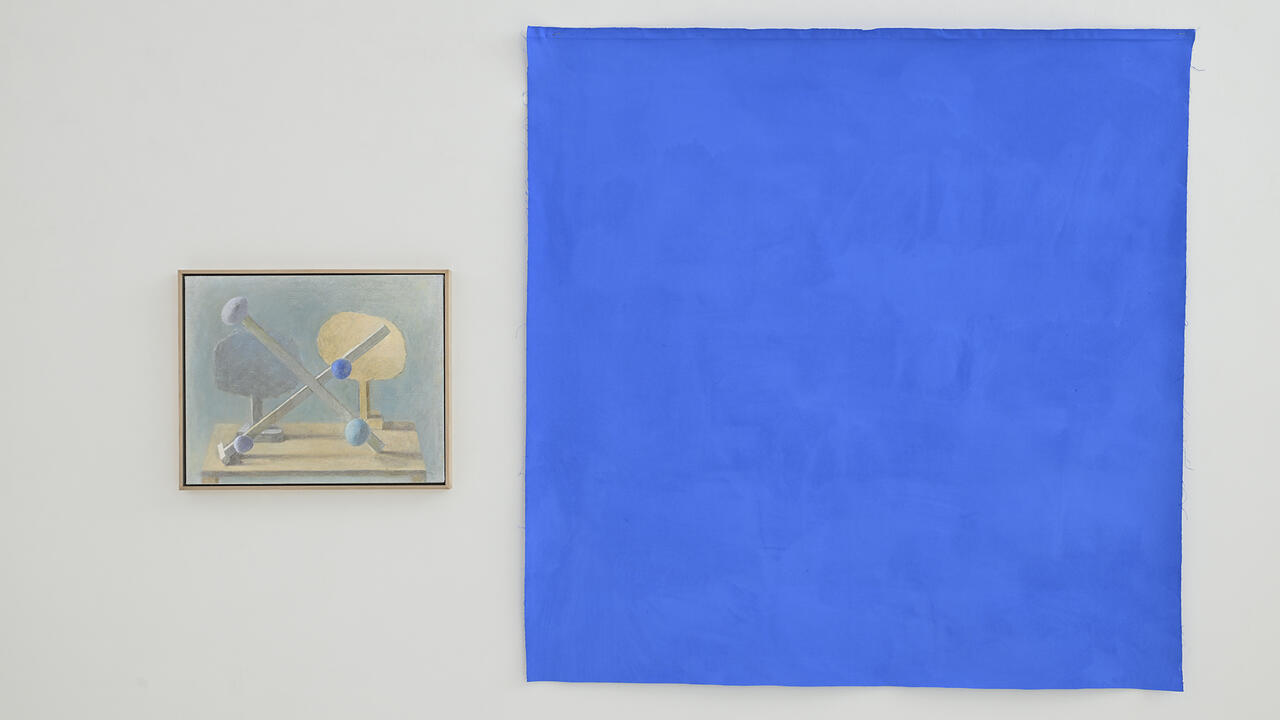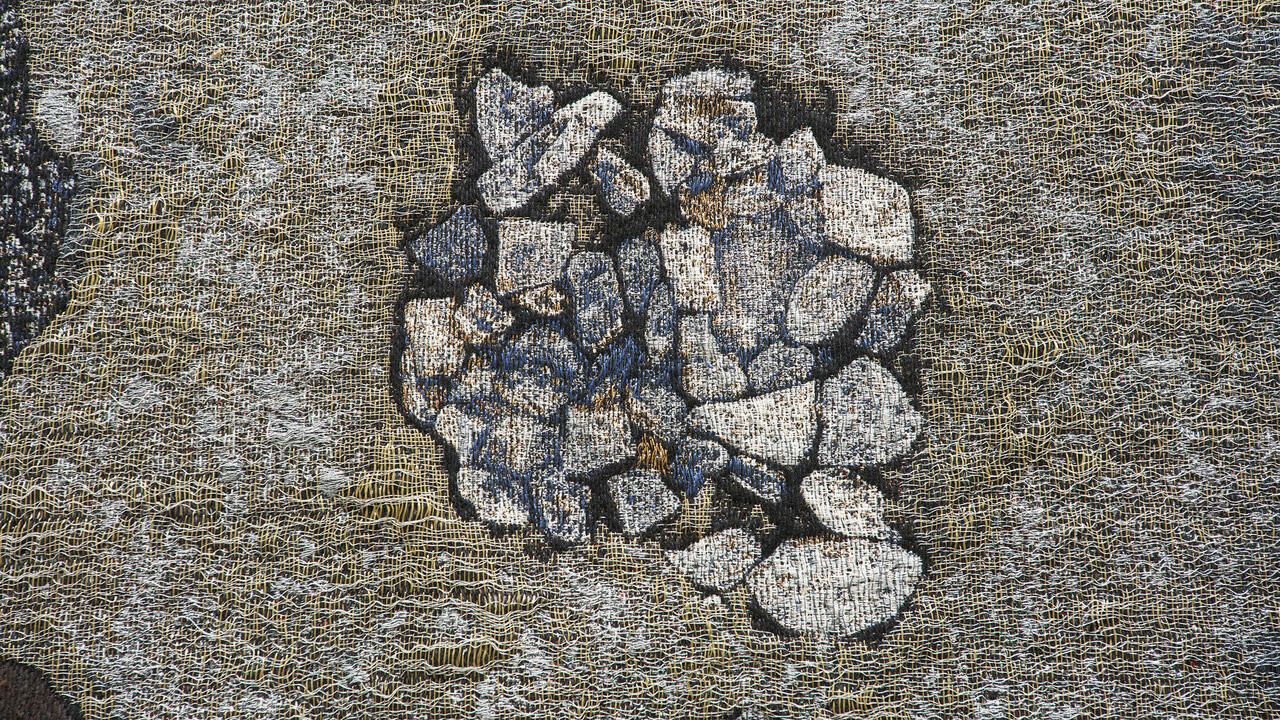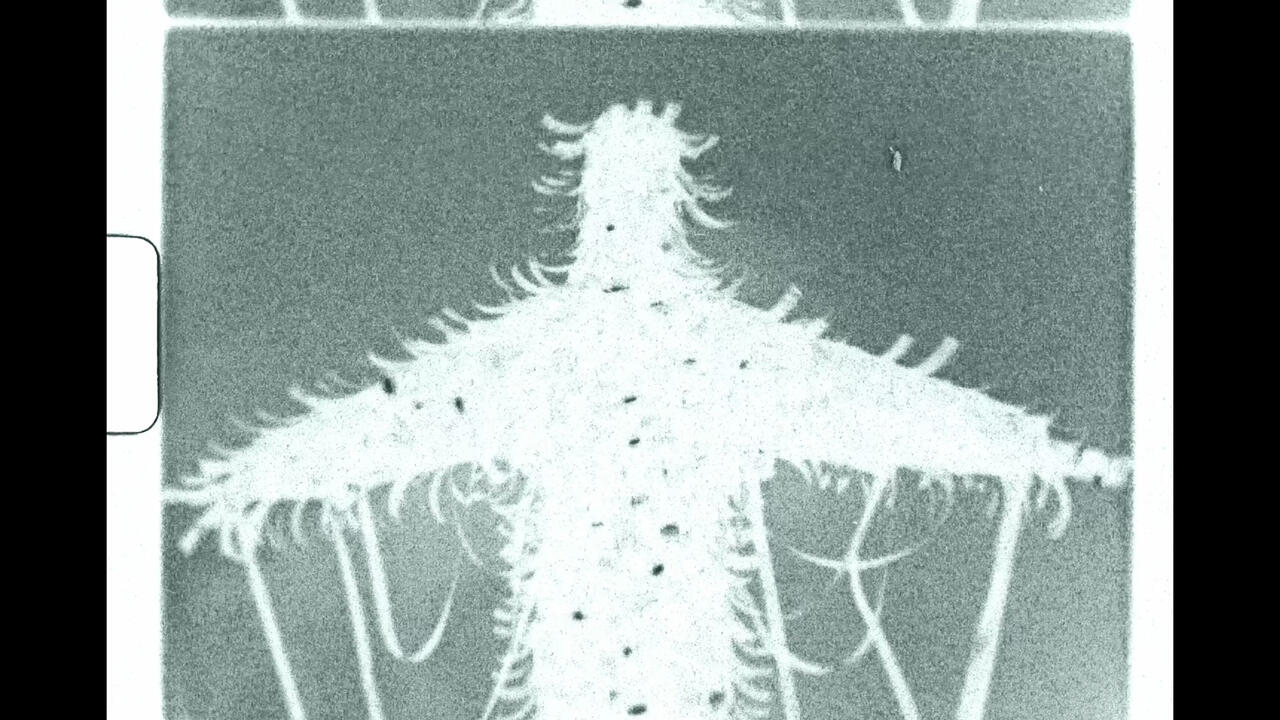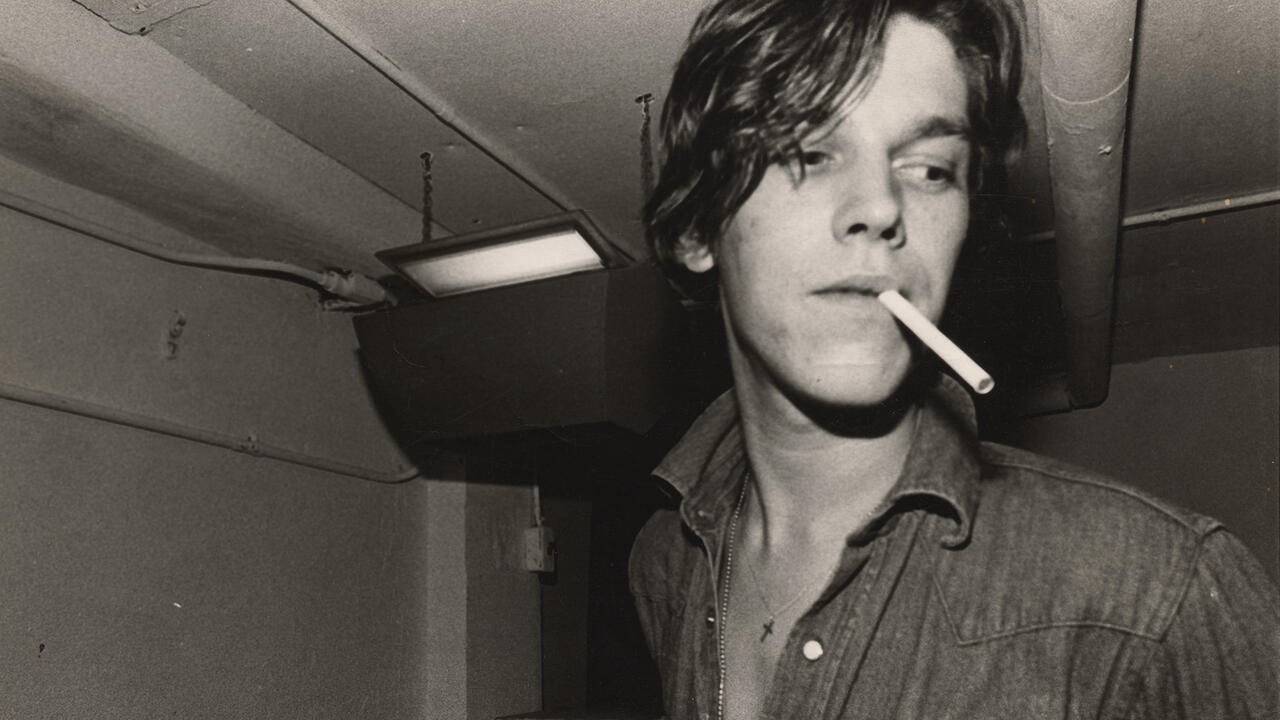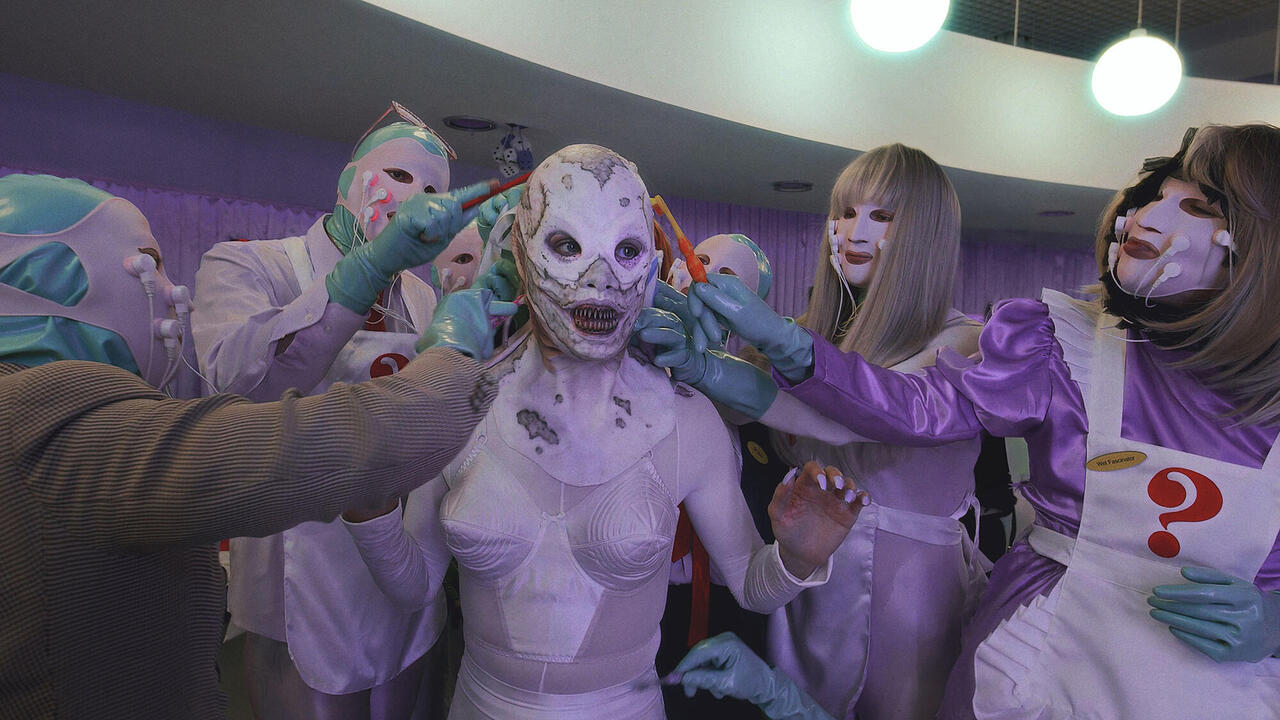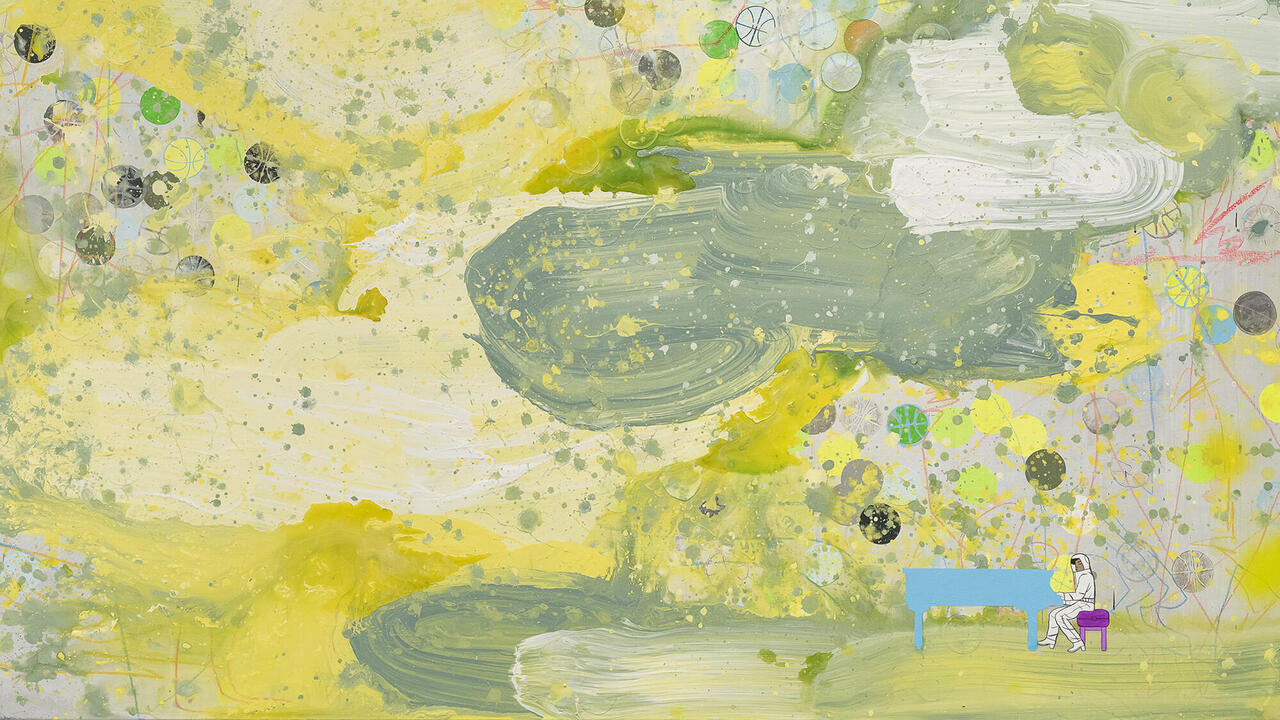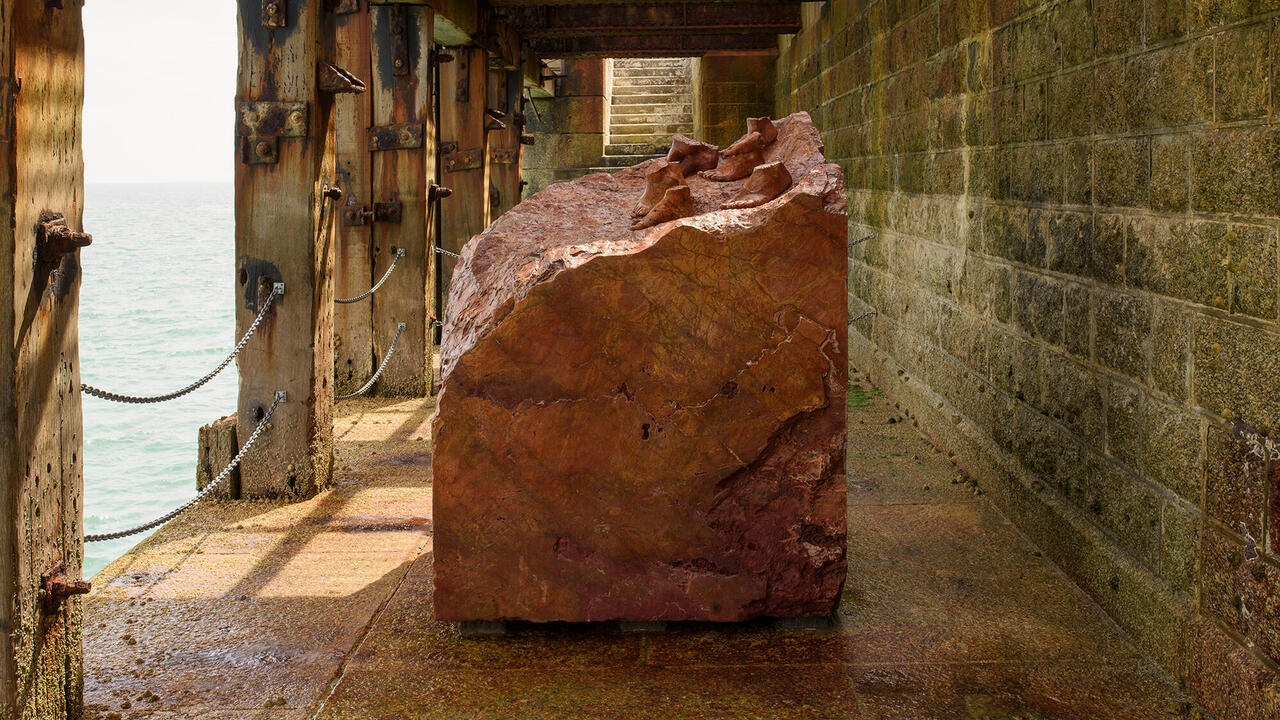Nidhal Chamekh Reanimates the Carthaginian Empire
At Selma Feriani, Tunis, the artist uses the ruins of the ancient city of Carthage to find connections between the past and the present
At Selma Feriani, Tunis, the artist uses the ruins of the ancient city of Carthage to find connections between the past and the present

Taking its title from philosopher Édouard Glissant’s question, ‘What If Carthage Hadn’t Been Destroyed?’ – posed in his book of collected poems Le Sel Noir (The Black Salt, 1957) – Nidhal Chamekh’s latest exhibition, ‘Et si Carthage’, is inspired by the ancient city whose ruins are a ten-minute drive from Selma Feriani’s new gallery space in downtown Tunis. Once the centre of the mighty Carthaginian Empire, the city was burned to the ground by Roman troops in 146 BCE, thus signalling the end of the Punic Wars and the demise of Rome’s primary adversary. By speculating on what might have happened if Carthage hadn’t been razed, Glissant offers a thought experiment in which the Punic people acted as a counterpoint to an empire that would go on to form the basis of Western civilization.

It’s a prompt that Chamekh doesn’t address head on in this ambitious exhibition, instead using Carthage as a jumping-off point from which to explore topics ranging from French colonial doctrines and scientific racism to police violence against Black Americans and the treatment of migrants from the African continent in Europe. While it’s not always clear – even after reading the exhibition materials – how these concerns overlap beyond the overarching theme of white supremacy, there is pleasure to be found in teasing out the knots, especially in the series of largescale ink-and-graphite works mounted onto steel scaffolding (Et si Carthage? #1–5, all 2023). Featuring faithfully rendered drawings of reference material pertaining to Mediterranean antiquity, the Age of Imperialism and contemporary border crossings, these montages reject an overtly linear approach to incorporating research into exhibition-making.

In the context of these works, there is something surprisingly literal about Chamekh’s sculptural contributions to the show. Calchi facciale (Facial Casts, 2023), for instance, sees him place the work’s titular cast directly in front of the partially obliterated face of Jean-Baptiste Colbert, the mastermind behind the Code Noir, a legal document from 1685 that regulated the lives of enslaved people within the French Colonial empire. Here, Chamekh alludes to the ways in which so-called scientific methods – such as anthropological face casts, which attempted to create ‘objective’ configurations of race – have historically been used to justify the oppression of people of colour. In a similarly loaded pairing, X (Tribute to David Hammonds) (2023) features a model of a Punic mask from the Bardo Museum in Tunis peering out of a hoodie in a tribute to David Hammons’s In the Hood (1993). The result is a slightly clumsy, though visually striking, parallel between the treatment of Black Americans in the US and European migrants from the African continent.

In the essay that accompanies the exhibition, curator Kathryn Weir writes of how Glissant ‘dreamt of Carthage as a city of crossroads and encounters […] an early site of “creolization” where this bringing together of diverse elements could create new cultural possibilities’. Rather than offering space for creolization and speculation, however, many of the works on display fail to evolve beyond basic polarities – east/west, rich/poor, colonizer/colonized – leaving little space for speculation about what might have happened if the Carthaginian Empire had prevailed. This is most evident in a further group of plaster sculptures that the artist has combined with contemporary objects alluding to state violence: Legs with Helmet (2023), for instance, or The King and the Mask (2024). Here, Chamekh’s layered research project compresses to repeat a familiar adage: in order to understand our present, we must first look to the past.
Nidhal Chamekh’s ‘Et si Carthage’ is on view at Selma Feriani, Tunis, until 24 March
Main image: Nidhal Chamekh, Ismaël, 2023, plaster and steel, 1.6 × 1.2 m. Courtesy: the artist and Selma Feriani












